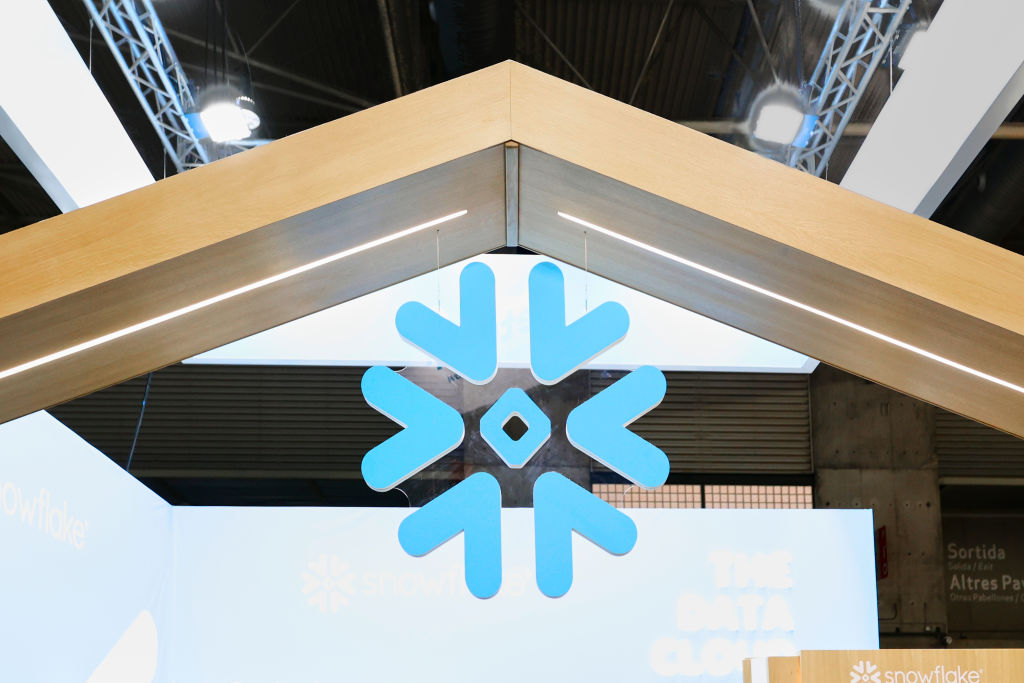Generative AI models have been a key player in the tech industry, with a focus on enterprise applications. Snowflake, a cloud computing company, has introduced Arctic LLM, an enterprise-grade generative AI model optimized for tasks like generating database code. This model, available under an Apache 2.0 license, is free for research and commercial use.
CEO Sridhar Ramaswamy sees Arctic LLM as a foundational step for Snowflake and their customers to tap into the value of AI in enterprise products. This marks the beginning of Snowflake’s venture into the world of generative AI, with more innovations on the horizon.
An Evolution in Enterprise AI
Generative AI models continue to evolve, attracting attention from cloud vendors like Snowflake and Databricks. Arctic LLM, part of Snowflake’s Arctic generative AI models, outperforms competitors in tasks like coding and SQL generation. The model’s mixture of experts architecture makes it efficient and cost-effective.
Snowflake’s Arctic LLM, equipped with 480 billion parameters, optimally utilizes 17 billion parameters at a time. The model’s training on open web data sets showcases its prowess and cost-effectiveness compared to similar models.
Deployment and Accessibility
Arctic LLM’s deployment and fine-tuning process have been simplified by Snowflake, with resources provided for users. The model will be available on various platforms like Hugging Face and Microsoft Azure. However, Cortex, Snowflake’s AI platform, will be the primary host initially, offering security and scalability advantages.
Ramaswamy envisions Arctic LLM enabling direct interactions with data for business users, underscoring Snowflake’s commitment to providing value for customers through foundational investments in AI.
While Arctic LLM showcases advancements in generative AI, it also faces challenges such as a limited context window that may impact its performance compared to other models on the market. Snowflake continues to push the boundaries of AI innovation in the enterprise space, despite inherent limitations in current generative AI technology.


